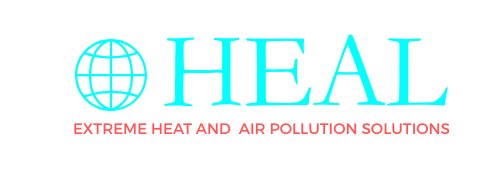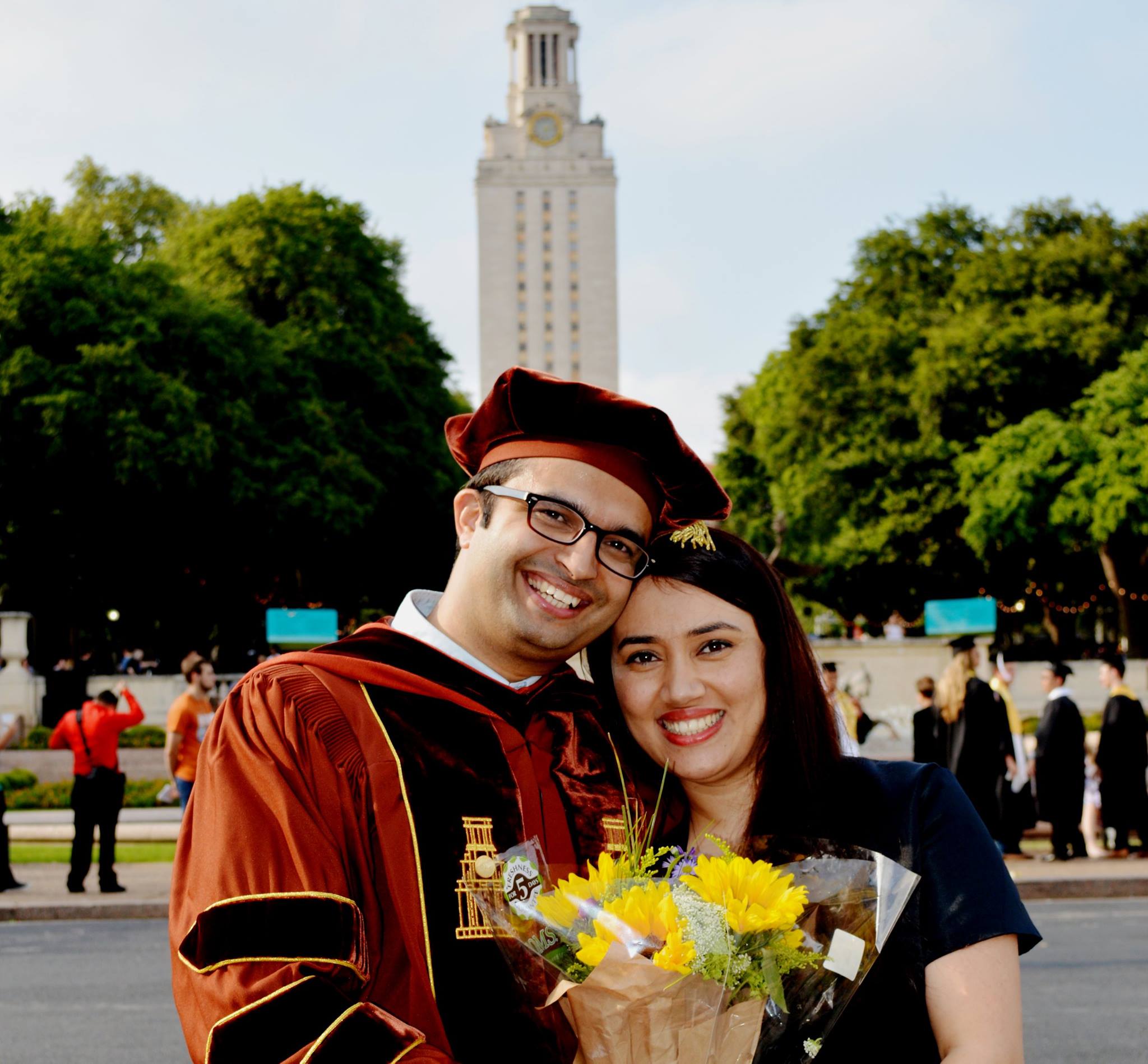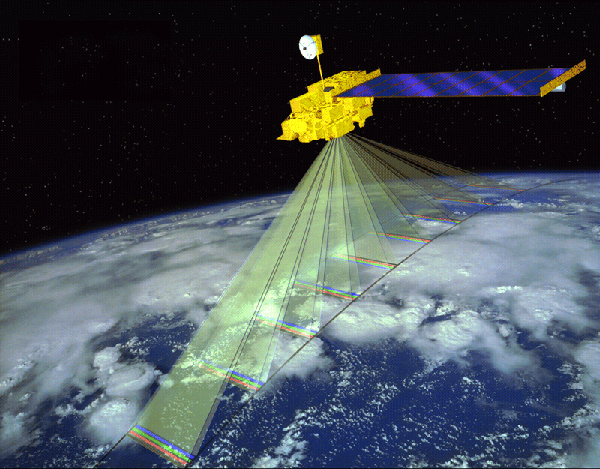When I was a kid, I never dreamed of earning a PhD. All I wanted was to study more and more. So I just followed the course of the river. I didn’t know or care whether the destination is ocean or something else.
When I became an adult, I knew that the society where I was brought up highly revered a PhD. So I had thought that I will also some day do a PhD.
We can plan something but not everything. That is what I have experienced. PhD thought came into my mind when my supervisor at Masdar Institute came to my desk one day. He showed a small ad in an AGU newsletter about a PhD position at UT Austin. I didn’t want to let down my supervisor so I applied. In fact, that was the only place where I applied. Until then, I had only thought of returning back to Nepal and rejoining my low-paid but highly revered ‘engineer’ position. I was not sure about it even after I got the offer. I really didn’t know that UT-Austin was a good ranking Tier 1 university until I posted about this offer in my Facebook page. The comments reflected that UT Austin is a great place. My perceptions got changed. I decided to pursue.
I was about to give up soon after I started my research at UT Austin. I was hit really hard in one of the group meeting. Not only by my supervisor but also by my colleagues. I felt the lowest of my life on that day. But soon I realized that it was because the standard and quality of research was much higher than I expected.
I was very busy taking 3 courses at that time and it was very hard to manage time for research. A few colleagues had already failed in their qualifying exams. So I many times felt that it was a wrong decision to pursue a PhD. My health was also not favoring me; I had been diagnosed with celiac disease (allergic to gluten). I very much regretted for leaving my government job of an Engineer back in Nepal.

So there were only two options. Do or die. It is the same thing but a different tone is used in research: publish or perish. But as I interacted more and more with my colleagues and knew about research, I realized that we all were on the same boat. So I decided to continue. I worked harder. Time was not a problem for me because I was married single at that time. Weekends and holidays then meant more research. No wonder, my eye power kept on increasing at a rate of 0.25 per year.
Things started getting better. Qualifying exam was a great success.
I was still not comfortable in the world of research. I tried to avoid people who criticized my work. But later I realized that I can’t escape anywhere in research. You can’t escape your peers. You can’t escape your experts in your field. Most importantly you can’t escape the reviewers of you papers. It took little longer for me to realize that such interactions, feedback, comments, etc. are actually good things.
I never thought that I would be able to graduate in three and half years. But it happened. I worked hard and it got reflected. One of the reason for this success is also that I didn’t waste any of my work at UT Austin, not even the class projects. I always kept the main research topic in my mind before I started any class projects. So all of those activities later became part of my dissertation.
My daughter was born in the last year of my PhD. And the degree of ‘father’ means no less than PhD to me. Indeed, graduate study is when many people get engaged, married, or have their first kids.

With my adviser(to my right), co-adviser(to my left), and examination committee members after the defense on April 15, 2016.
The most important thing that I realized during my PhD study is that learning is a never-ending process. Initially, I really thought that research is or has to be flawless. But I was totally wrong on that. There can be many flaws in your research. That is exactly why we discuss the limitation in the end of a research paper. PhD makes us understand this reality in depth.
I also realized that we can’t be successful in PhD just by gaining knowledge. We have to develop some conscience too. Knowledge without conscience is indeed dangerous.
When I was a child, I believed that if something is written in a text book, it must be true. I believed everything I read in a book. But now, I trust nothing other than my conscience. I now not only buy the conclusions of a research but the wholeness of it, with its limitations and assumptions. After all, a theory is only true until the assumptions are true.
In our research, we try to model the earth system. Modeling the earth system is indeed overwhelmingly complex. Even a grain of sand is very much complex to model, let alone the whole Earth. We must simplify many physical processes. We have to make many assumptions. So sometimes it can be frustrating too. But the beauty of research is that we understand little more everyday than yesterday. The beauty of research is in seeking, not in gaining something.
 With my wife Sirjana and daughter Nova on graduation day, May 21, 2016.
With my wife Sirjana and daughter Nova on graduation day, May 21, 2016.
As I look at my Tam hanging on the wall, my heart leaps up with pride realizing that I received the highest degree possible in an academic world. But as I look out of the window and see the wonders of the nature, my heart bows down realizing that there is so much more to explore. I am still not sure how much knowledge I gained during my PhD but I know with certainty that I know very little.
Finally, what does this degree really mean? This degree reflects the knowledge of many people, knowledge that is passed down through generations. I am merely a carrier of this knowledge. It also reflects the aspirations of many people; my family, my teachers, my friends, and many anonymous others. It is an outcome of their good wishes.
Post originally posted on May 23, 2016.





 With my wife Sirjana and daughter Nova on graduation day, May 21, 2016.
With my wife Sirjana and daughter Nova on graduation day, May 21, 2016.